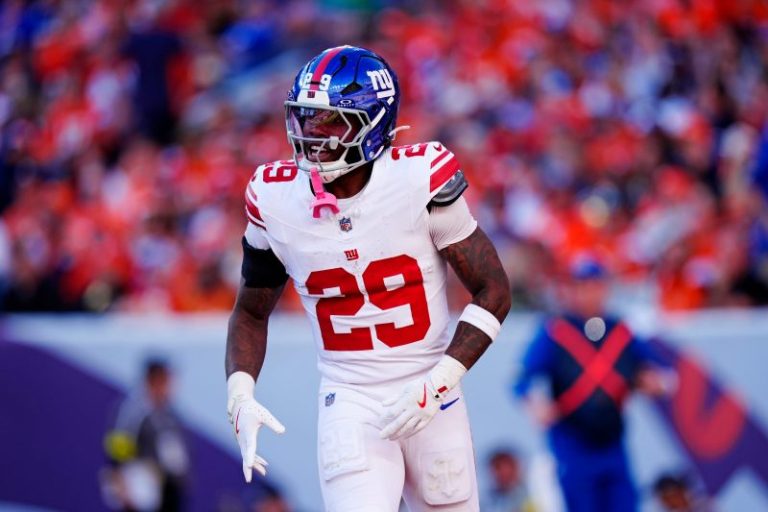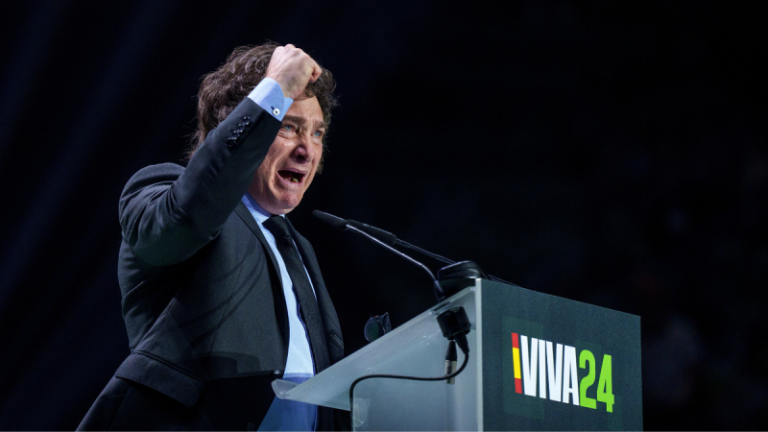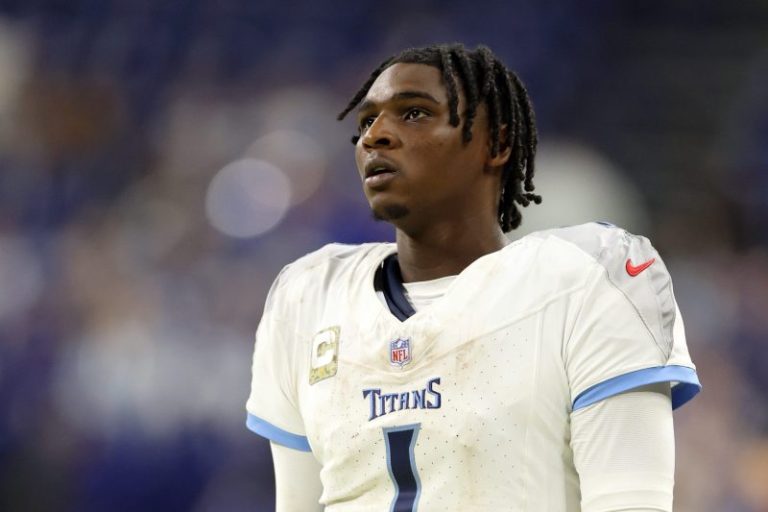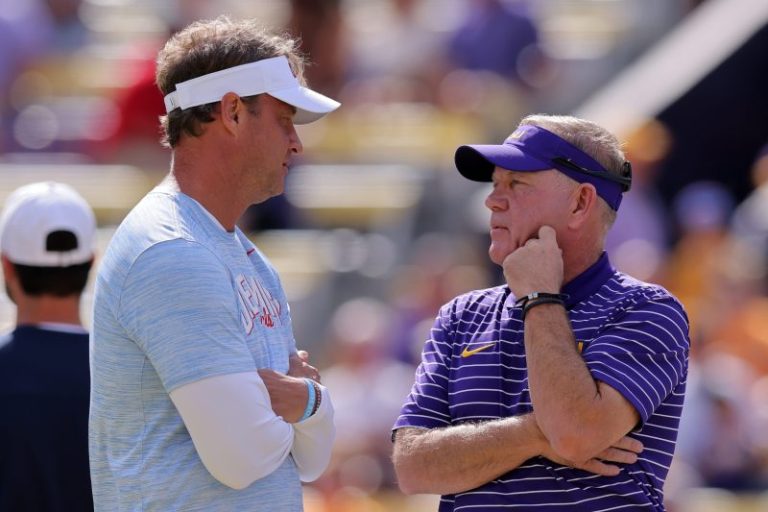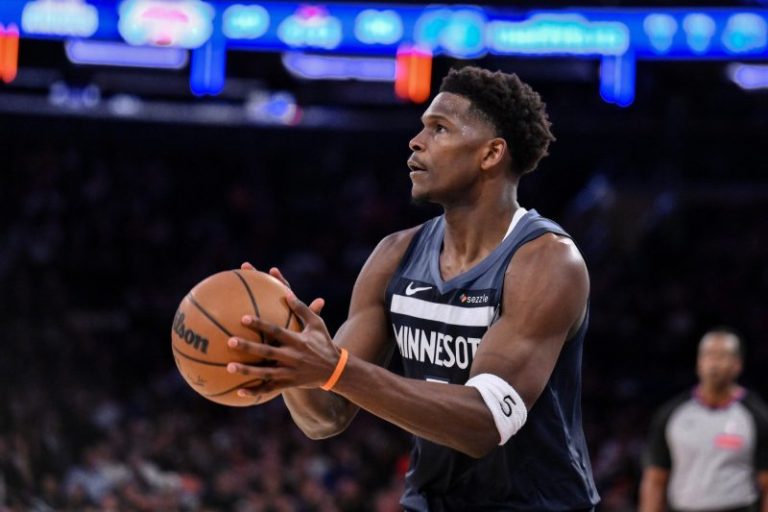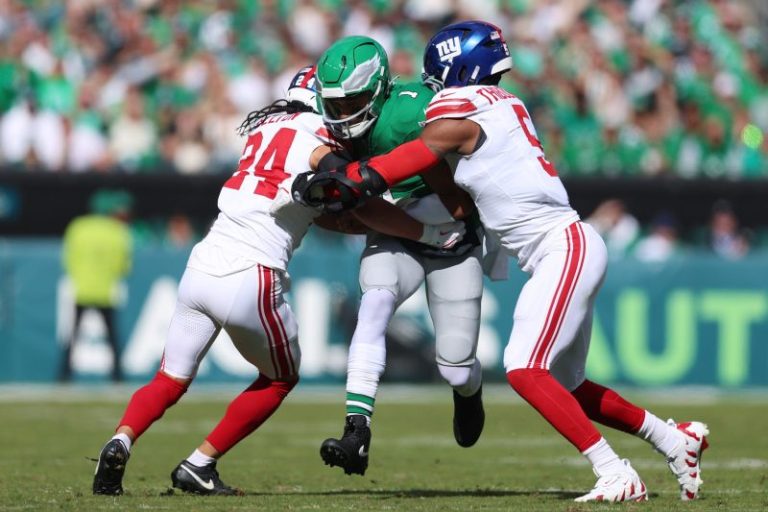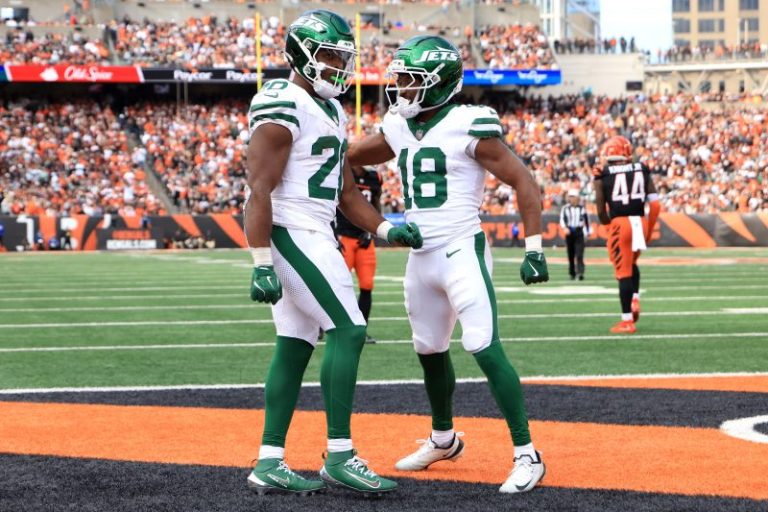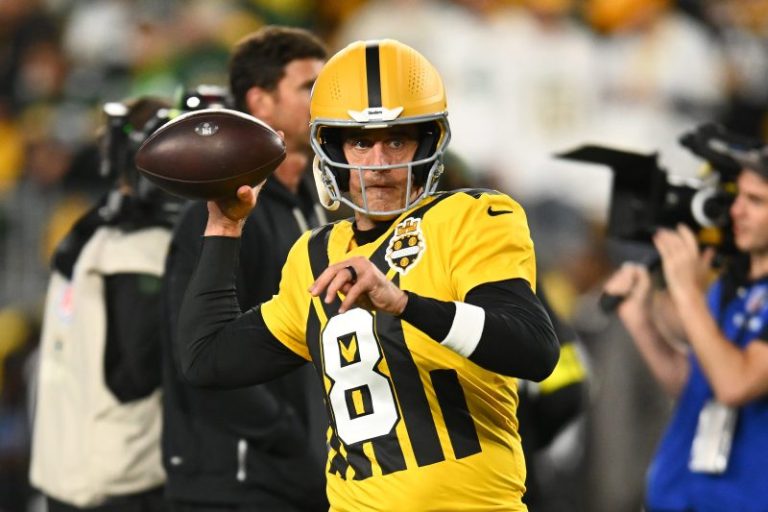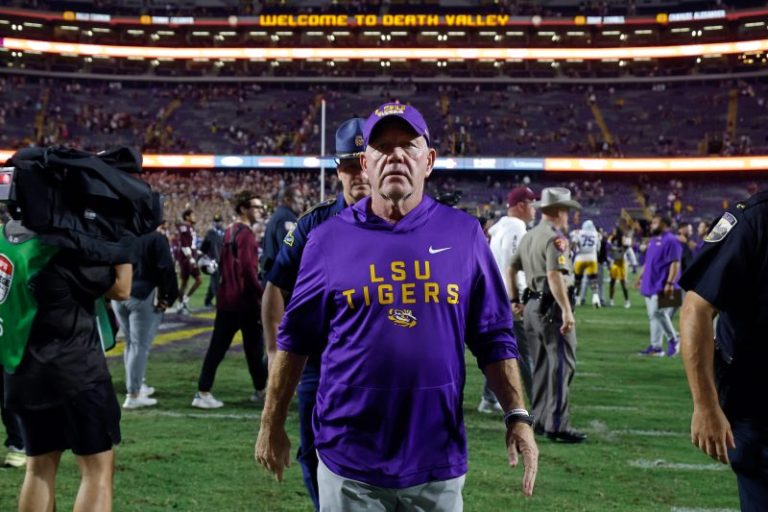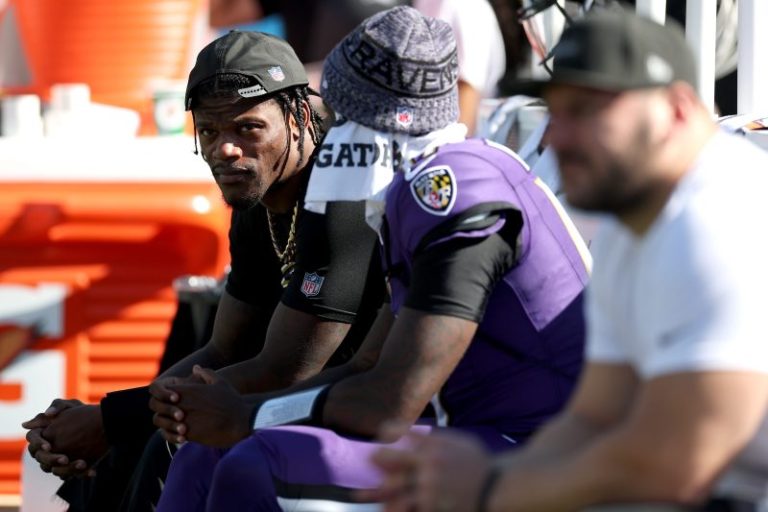USA Today Sports has live coverage of theSteelers vs. Packers in today’s NFL ‘Sunday Night Football.’
Congratulations to fantasy football managers who survived ‘Byemageddon’ in Week 8. A new challenge will await them in Week 9, when four more teams are out of action.
The Cleveland Browns, New York Jets, Philadelphia Eagles and Tampa Bay Buccaneers will all be off in Week 9. That will render several big-name fantasy producers – namely Saquon Barkley and Emeka Egbuka – unavailable, leaving fantasy managers looking for solid bye-week replacements.
Meanwhile, other fantasy footballers will be looking for injury replacements. New York Giants rookie Cam Skattebo suffered a gruesome-looking ankle injury in Week 8, so his replacements will be among the hottest potential adds on the Week 9 waiver wire.
This week, the waiver wire contains more intriguing running back targets than usual. There are also a couple of passing-game weapons that could be nice upside plays or bye-week fillers for fantasy managers in need of help in that area.
Here’s a look at the best players to target on waivers ahead of Week 9.
Week 9 fantasy football waiver wire targets
RB Tyrone Tracy Jr., New York Giants (Rostered in 48% of Yahoo leagues)
Giants running back Cam Skattebo suffered a gruesome ankle dislocation in the second quarter of the team’s Week 8 game against the Eagles. He was carted off in an air cast and he figures to be out long-term, if not for the remainder of his rookie season.
That will open the door for Tracy to re-emerge as New York’s lead back. The second-year pro racked up 39 yards on 10 carries, most of which came after Skattebo’s exit. The 25-year-old entered Sunday’s game having averaged just 3.5 yards per carry on the season, but he totaled 1,123 scrimmage yards and five touchdowns across 12 starts (and 17 appearances) during his rookie campaign in 2024.
RB Devin Singletary, New York Giants (Rostered in 1% of Yahoo leagues)
The Giants figure to feature Tracy as their primary Skattebo replacement, but Singletary is also part of the plan to replace Skattebo. The 28-year-old had three touches and 28 yards after the rookie left Sunday’s game, but he could see increased action moving forward.
Last season, Singletary averaged just 6.2 touches per game from Week 7 on compared to Tracy’s 15.6. Still, the veteran is worth adding as a high-end handcuff who could emerge as a matchup-dependent flex if the Giants lighten Tracy’s workload because of an early-season shoulder dislocation.
RB Tank Bigsby, Philadelphia Eagles (Rostered in 17% of Yahoo leagues)
Bigsby was viewed as a solid fantasy sleeper to start the 2025 NFL season but an in-season trade to the Eagles briefly quashed his value. Now, the 24-year-old has emerged as the clear-cut backup behind Saquon Barkley and fared well in the fourth quarter after Barkley exited the game with a groin issue.
Barkley may not miss any time because of his injury, especially with the Eagles on bye in Week 9. Still, Bigsby showed what he could do if Barkley ever does miss a game, racking up 104 yards on nine carries in relief of him. Fantasy managers should act accordingly and get him on their rosters as a high-upside handcuff.
RB Dylan Sampson, Cleveland Browns (Rostered in 13% of Yahoo leagues)
Sampson is in a similar boat to Bigsby. The starter in front of him (Quinshon Judkins) got hurt, but the severity of the injury isn’t yet clear. The Browns are also heading into a Week 9 bye, so Judkins may not miss much time.
Even so, Sampson is worth adding. He seems to have usurped the backup role from Jerome Ford – who has been the subject of trade rumors – and would be in line to emerge as Cleveland’s backfield leader if Judkins does miss any time.
Sampson didn’t log a yard on three carries against the Patriots, but he had five catches for 26 as a checkdown option for Dillon Gabriel. That could give him flex value in PPR leagues even if Judkins ends up being OK.
RB Isaiah Davis, New York Jets (Rostered in 9% of Yahoo leagues)
Davis remains behind Breece Hall in New York’s running back rotation, but Hall has been the subject of trade rumors. If the Jets trade the free-agent-to-be, that could allow Davis to step into the lead back role in New York with Braelon Allen (knee) still out of action.
Even if the Jets keep Hall, Davis can still be trusted as a flex in PPR leagues. He had five catches for 44 yards against the Bengals as part of a 12-touch, 109-yard outing.
WR Jayden Higgins, Houston Texans (Rostered in 27% of Yahoo leagues)
With Nico Collins out in Week 8, Higgins emerged as C.J. Stroud’s favorite target. The rookie saw a team-high eight targets and turned them into four catches for 34 yards and a touchdown.
Higgins may not see as high a target share when Collins returns from his concussion. Still, he could earn the team’s No. 2 receiver position as the season progresses, at which point the 6-4, 215-pound wide-out would be an intriguing fantasy option thanks to his size.
WR Jaylin Noel, Houston Texans (Rostered in 9% of Yahoo leagues)
Like Higgins, Noel has started building chemistry with Stroud. Noel posted five catches for 63 yards a week after generating four catches for 77 yards against the Seahawks.
Noel (5-11, 201 pounds) may not profile as the same type of scoring threat as Higgins, but his shiftiness and separation skills should make him a solid WR3 or flex option moving forward.
WR Troy Franklin, Denver Broncos (Rostered in 37% of Yahoo leagues)
Franklin had a great showing against Dallas’ bottom-ranked defense against fantasy wide receivers. The second-year pro led the team in targets (8), receptions (6), receiving yards (89) and receiving touchdowns (2) while continuing to show great chemistry with Bo Nix.
Franklin has a tough matchup on deck with the Houston Texans, but he’s still worth rostering as the second-most targeted player on a solid-looking Broncos offense.
QB Sam Darnold, Seattle Seahawks (Rostered in 36% of Yahoo leagues)
Jalen Hurts and Baker Mayfield are on bye in Week 9. Fantasy managers searching for replacements for them can look no further than Darnold, who is facing a solid-looking matchup with a Commanders team that has surrendered the sixth-most fantasy points per game to QBs entering Week 8.
Darnold has posted multiple passing touchdowns in four of his last six games and is averaging 250.6 passing yards per game this season. He has a high floor and should be ready for a big outing after his Week 8 bye.

